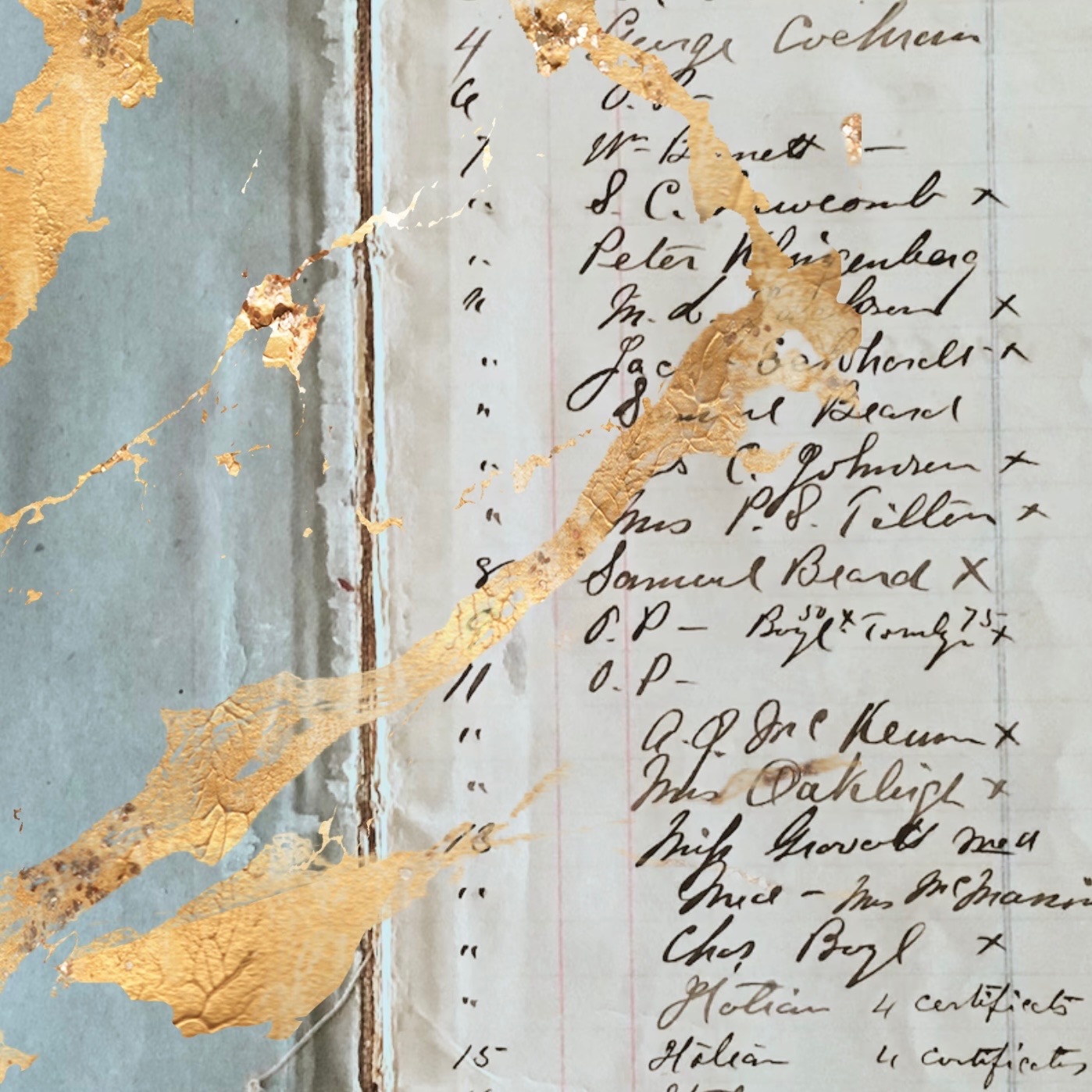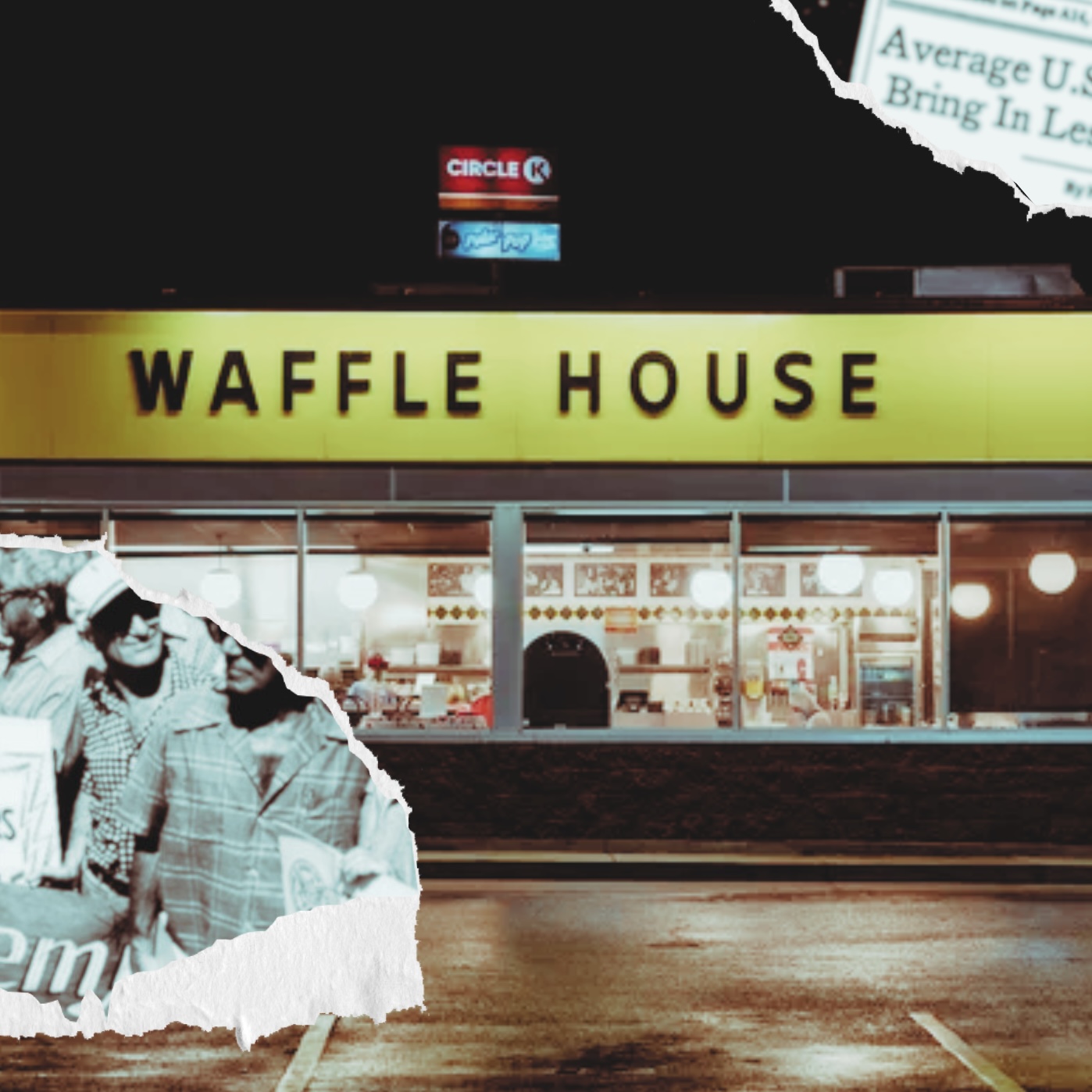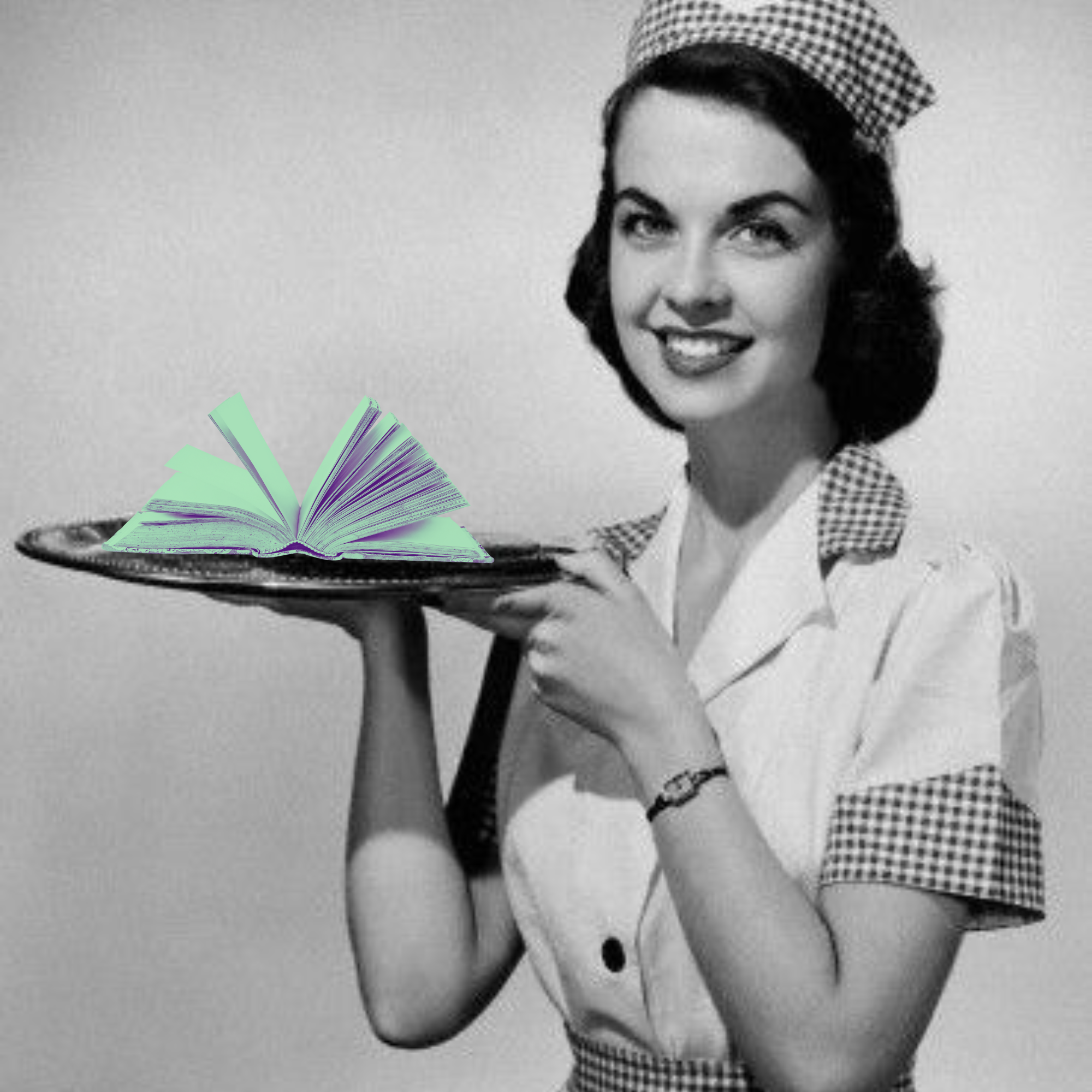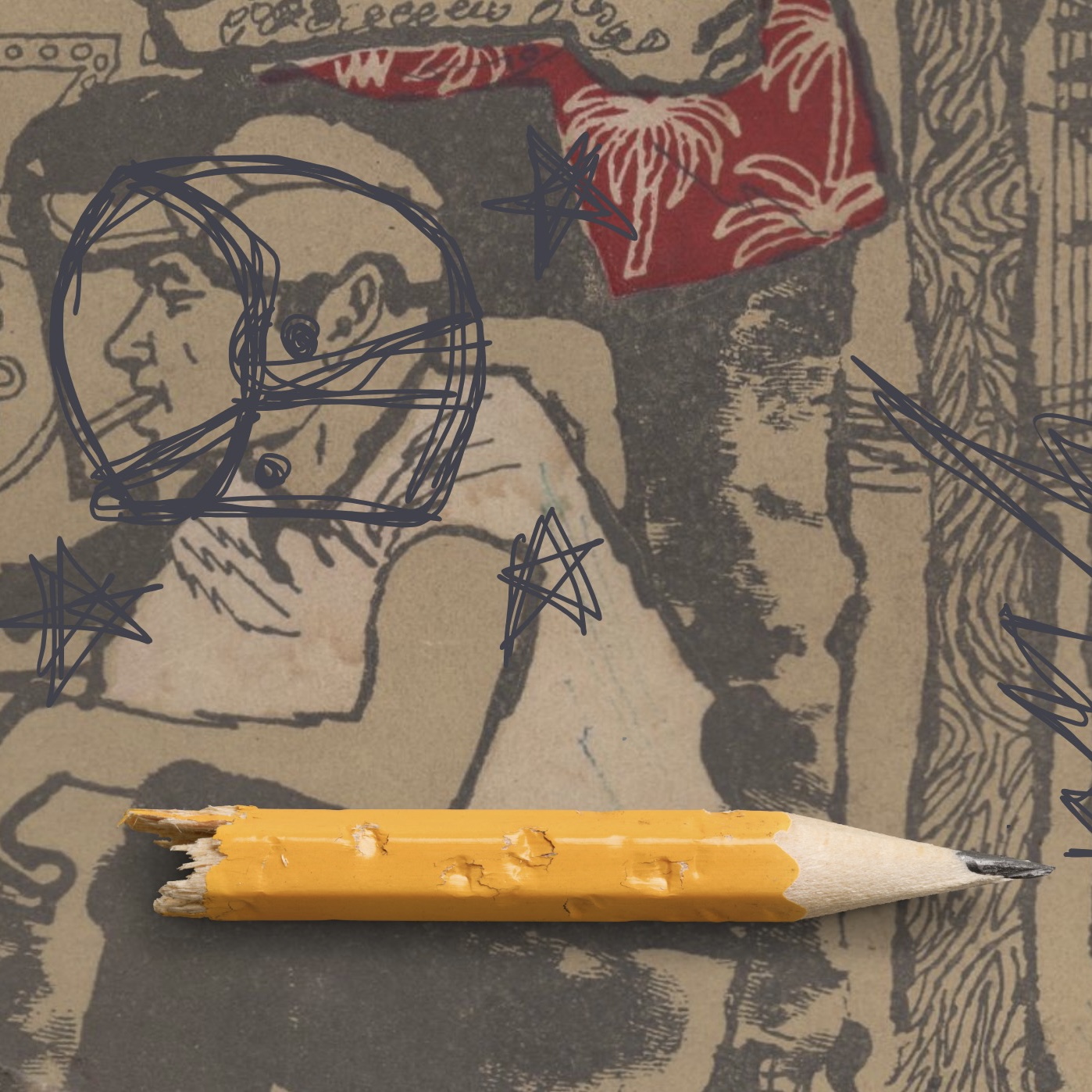Naomi Kanakia on what happens when novels aren’t clear about money.
This is part of a new series on The Middle Class Writer from Dirt and Literary Hub—talking frankly about the role of money in the life of a writer in 2024. We'll be publishing on both websites throughout the week. Subscribe to Dirt to get The Middle Class Writer in your inbox.
One of the pleasures of reading 19th-century novels is that authors write openly about money. Take for instance Mr. Bennett, the patriarch in Pride and Prejudice, whose £2,000 a year makes him amongst the wealthier members of the gentry. With that sum, he can comfortably maintain a large household, with a full complement of servants and carriages. On the other hand, he is no Mr. Darcy, who with his £10,000 a year has an immense manor house and accompanying grounds.
This attention paid to money accelerated as Romanticism gave way in the mid 19th century to Realism. In Balzac's Lost Illusions, a man from the provinces sees exactly how the machinery of the arts world works to create celebrated authors. As late as 1891, we have a protagonist in George Gissing's New Grub Street plotting how he'll use his small inheritance to secure literary stardom.
But after World War I, writers started to use a kind of code. Look at, say, The Sun Also Rises. We know that Brett Ashley, Jake Barnes, and Robert Cohn all travel in the same social circles, but we've much less idea of their relative means. In an aside within Capital in the Twenty-First Century, the French economist Thomas Piketty theorized that the high inflation of the post-war period is what led writers to stop using dollar amounts in their fiction—but I would say this increasing vagueness is about more than amounts, it's also about our understanding of what’s at stake for characters and of what their futures hold. Money forms a backdrop to The Sun Also Rises, but it's pretty light on the specifics of how much of it each character has.
Jake presumably has no money, as he must work as a journalist (a low-class occupation), but he knows Cohn from Princeton. Lady Brett Ashley alludes to having married money, but in a 19th-century novel we would understand her precise financial situation, while in The Sun Also Rises these form no part of the plot. We understand that these people belong to some sort of demimonde, where the classes mix, but we're given much less information about their money woes and worries than we would've had even thirty years earlier.
This vagueness becomes an endemic part of Anglophone letters after WWII, as novels develop an intensely interior quality that divorces them from the world of money and manners. Take the work of Donna Tartt. Her scholarship boy in the The Secret History is debauched through his association with the upper-class kids at pseudo-Bennington, but none of the characters are particularly legible in terms of their income. Their falling-out with Bunny, who has social class but not status, is particularly perplexing: if they're truly upper-class and moneyed, they ought to be alert to the existence of poor cousins. Their sensitivity to being sponged off seems a bit declasse and at odds with the way they're portrayed. These kids are rich New Englanders, but they have a kind of status anxiety—a fear of being poor and being seen as poor—that's at odds with the rest of their old-money portrayal.
|  | Apr 15, 2024 |
|
|  | Apr 16, 2024 |
|
|  | Apr 17, 2024 |
|
|  | Apr 18, 2024 |
|
|  | Apr 19, 2024 |
|
|  | Apr 20, 2024 |
|








